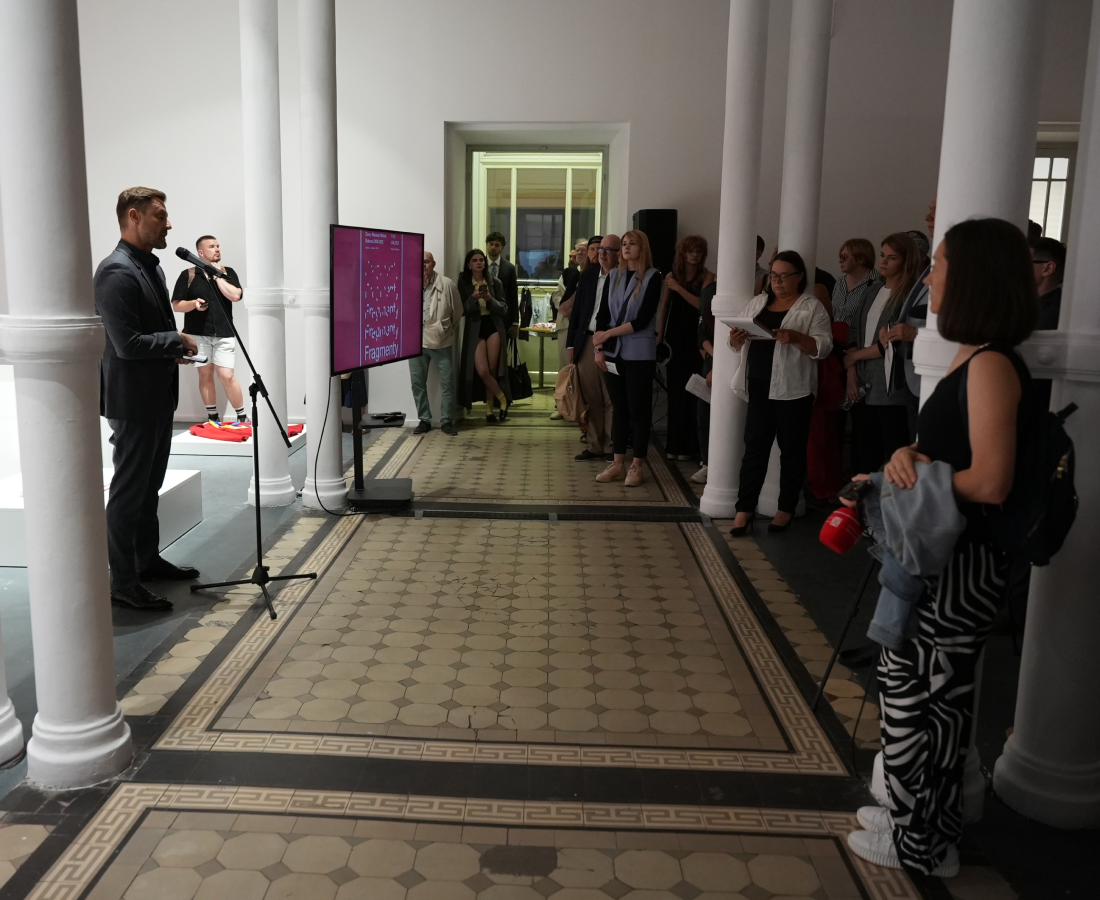
During the celebrations, the exhibition “Fragmenty” (Fragments) was opened, and on the evening of July 18, a concert featuring Belarusian musicians — Uladzimir Puhach, the ethno-electro band Kriwi, and the indie-pop duo Zui — is scheduled.

"The museum has collected nearly 300 artifacts, and the exhibition presents only a small portion — just fragments of the collection. Yet each item, each exhibit in this display, tells the story of an individual Belarusian or a Belarusian who chose the difficult path to freedom," said Museum Director Natallia Zadziarkoŭskaya at the opening. "Although we are celebrating three years on this site, the idea of creating the museum emerged earlier, in 2021, within the team of the National Anti-Crisis Management, when it became clear that what was happening to us needed to be documented."
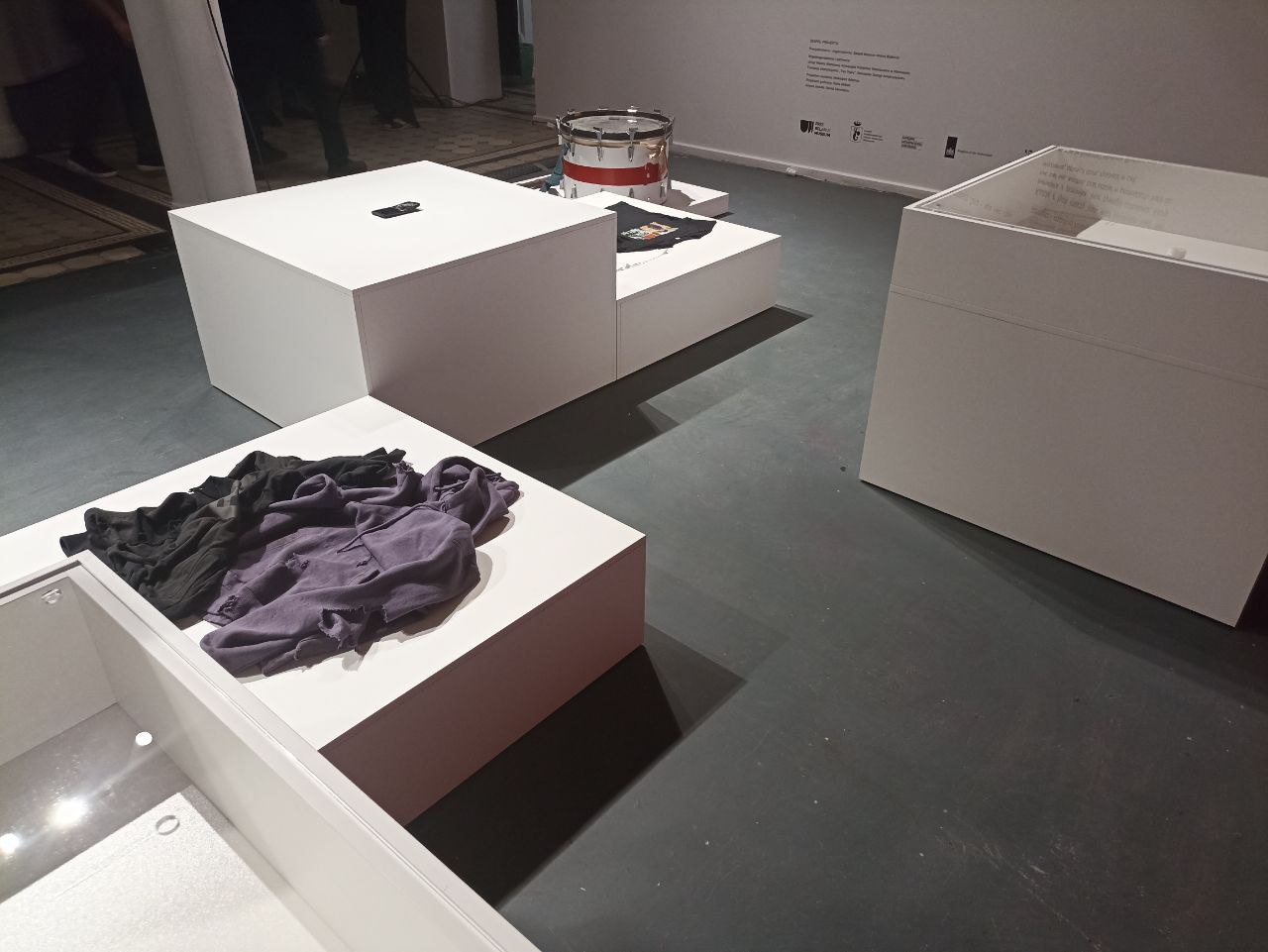
"The museum does not allow us to forget the victims," says Pavel Latushka, head of the National Anti-Crisis Management. "It has become a place where the largest movement for Belarusian freedom in modern history is not only documented but continues to live."
The Free Belarus Museum is a non-profit institution and relies on support. Words of gratitude were expressed to the City of Warsaw, the Embassy of the Kingdom of the Netherlands in Poland, Matej Radziwiłł, and his foundation Trzy Trąby for their support of the museum and Belarusian culture in exile.
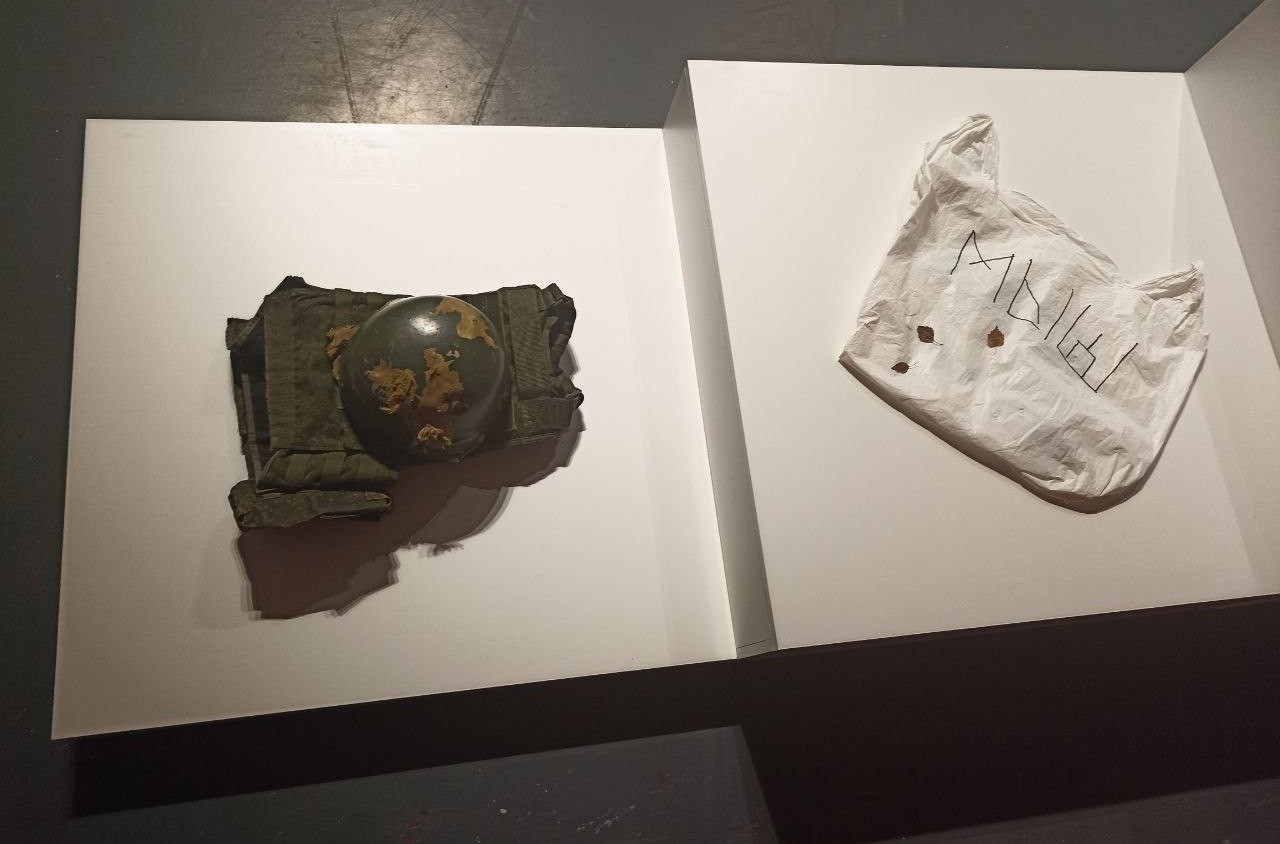
Robert Piaskowski, Director of the National Center for Culture, an institution supporting independent Belarusian creators, noted that Poles understand well “the power of art created in exile, in forced emigration.”
At the conclusion of the ceremonial part, the Free Belarus Museum received a new exhibit: former Belarusian presidential candidate and Chancellor of the Free Belarusian University, Aliaksandr Milinkievič, and historian Pavel Kazanetsky donated a large folder of documents and visual materials from the 2001 presidential elections. The united democratic candidate at that time was Siamion Domash.
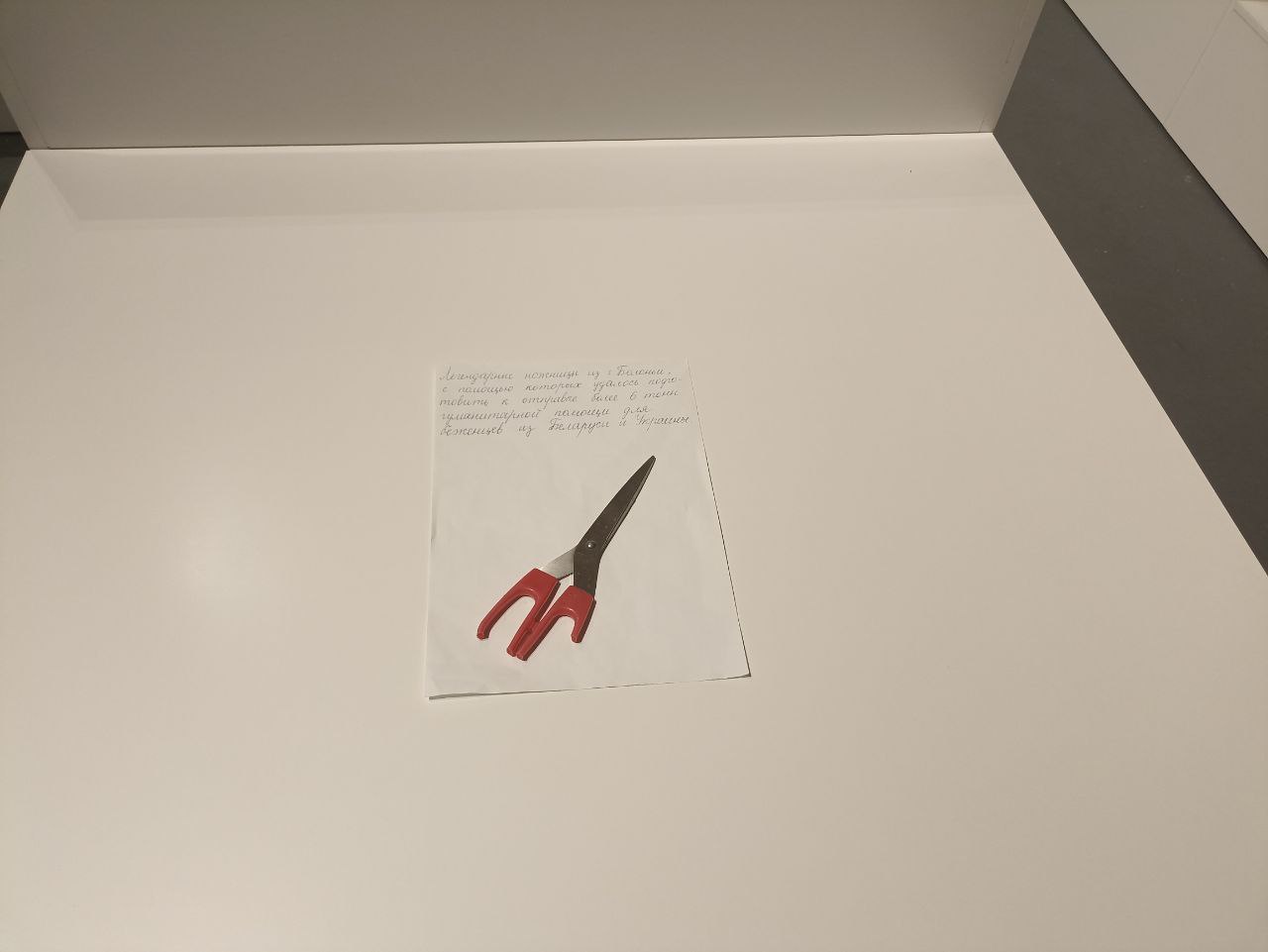
The three walls of the museum’s main hall were painted in white-red-white colors, creating a large unfolded flag that surrounded the exhibition like a theatrical curtain. The display was arranged unusually: artifacts of various types — from a small rubber bullet extracted from a protester’s body to a trophy uniform of a Russian soldier — were placed on large pedestals (one square meter each) of varying heights.
"We spent a long time selecting artifacts for the exhibition. We wanted to show more items, but the artists designing the display insisted on keeping the number small. As a result, the exhibition features 14 objects. This allowed us to present them in a distinctive way," Natallia Zadziarkoŭskaya explained to reform.news.
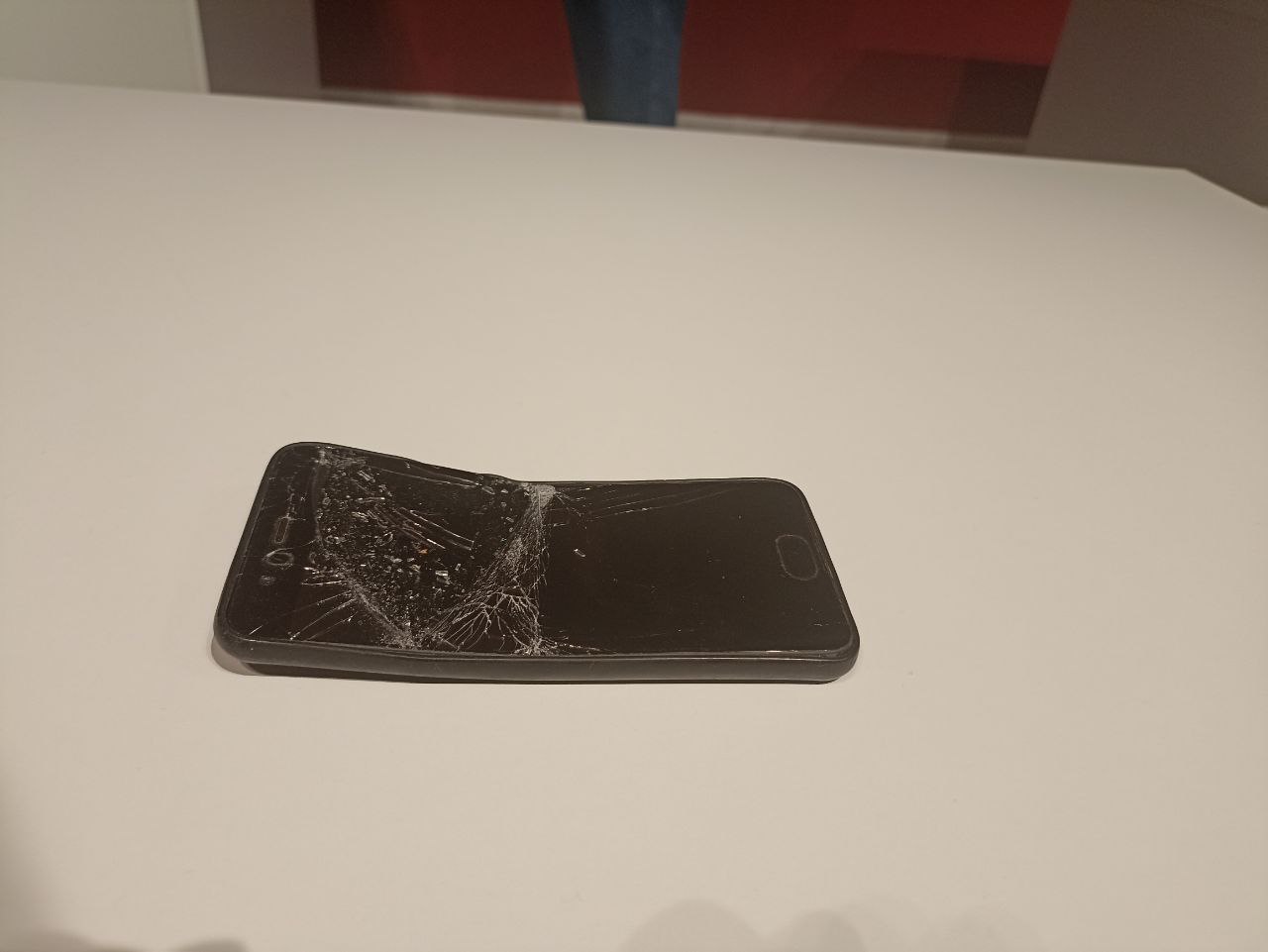
Through the selected artifacts, the exhibition’s creators aimed to illustrate the stages Belarusians have gone through and continue to experience. Items from the events of 2020 and beyond include:
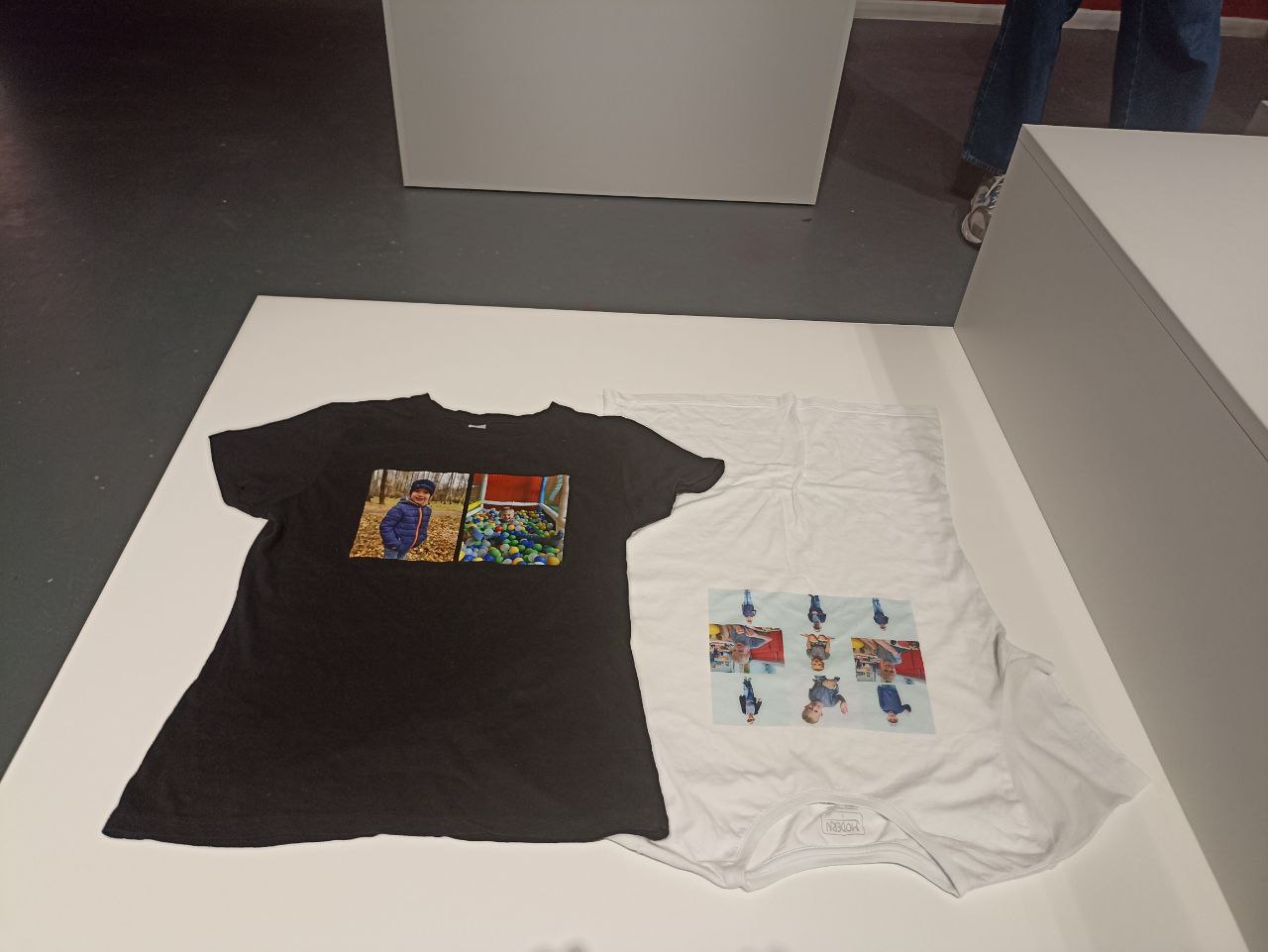
The artists’ idea was to emphasize each artifact, as every item tells its own story. Exhibition designers Aliaksandr Adamau and Darya A. explained that this neutral presentation of artifacts — reminiscent of a crime scene layout or archaeological finds — helps viewers focus on each individual object.
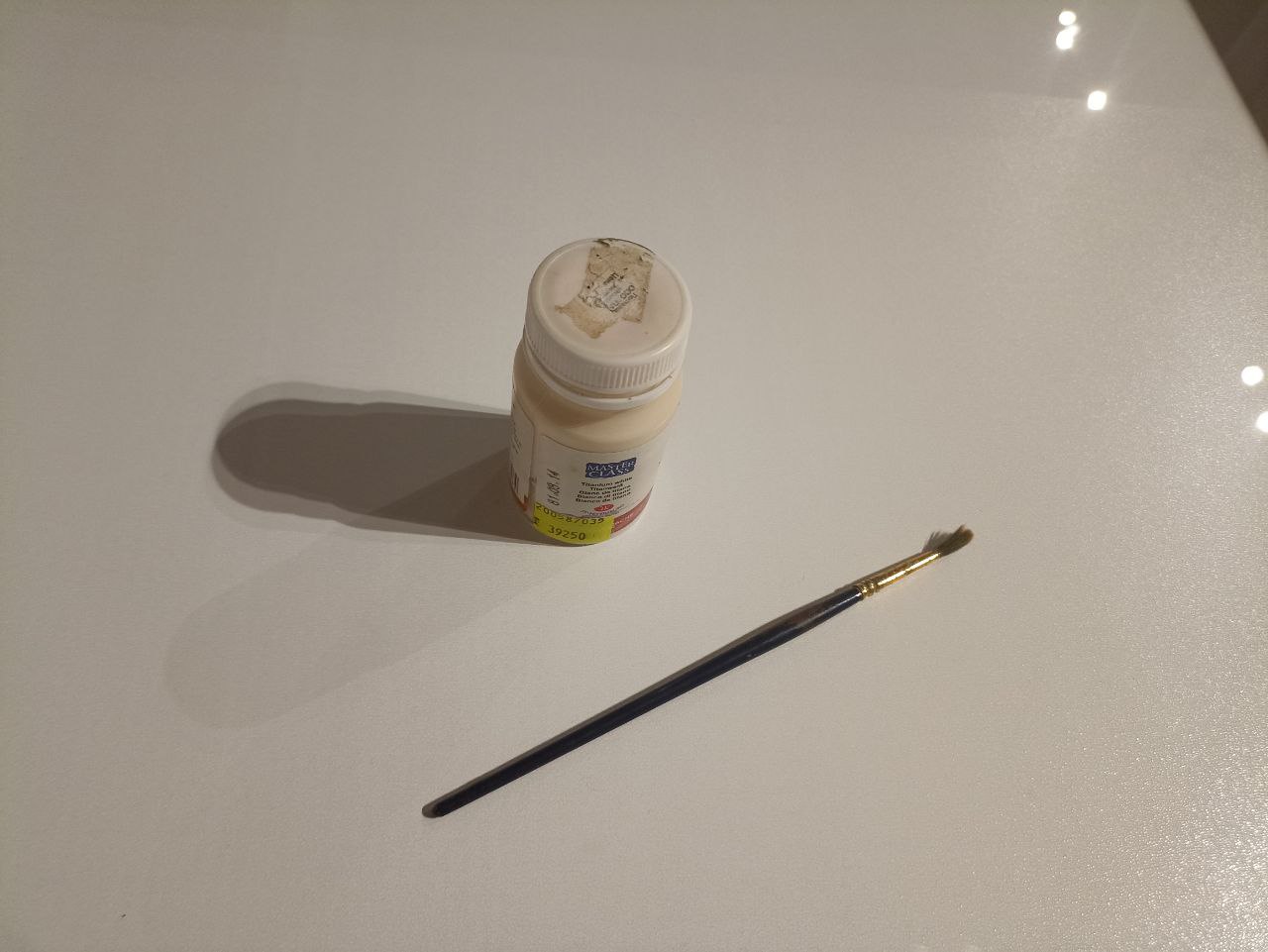
The separation enhances the visual impact of each artifact, allowing each visitor, entering the installation from different angles, to create their own personal story.
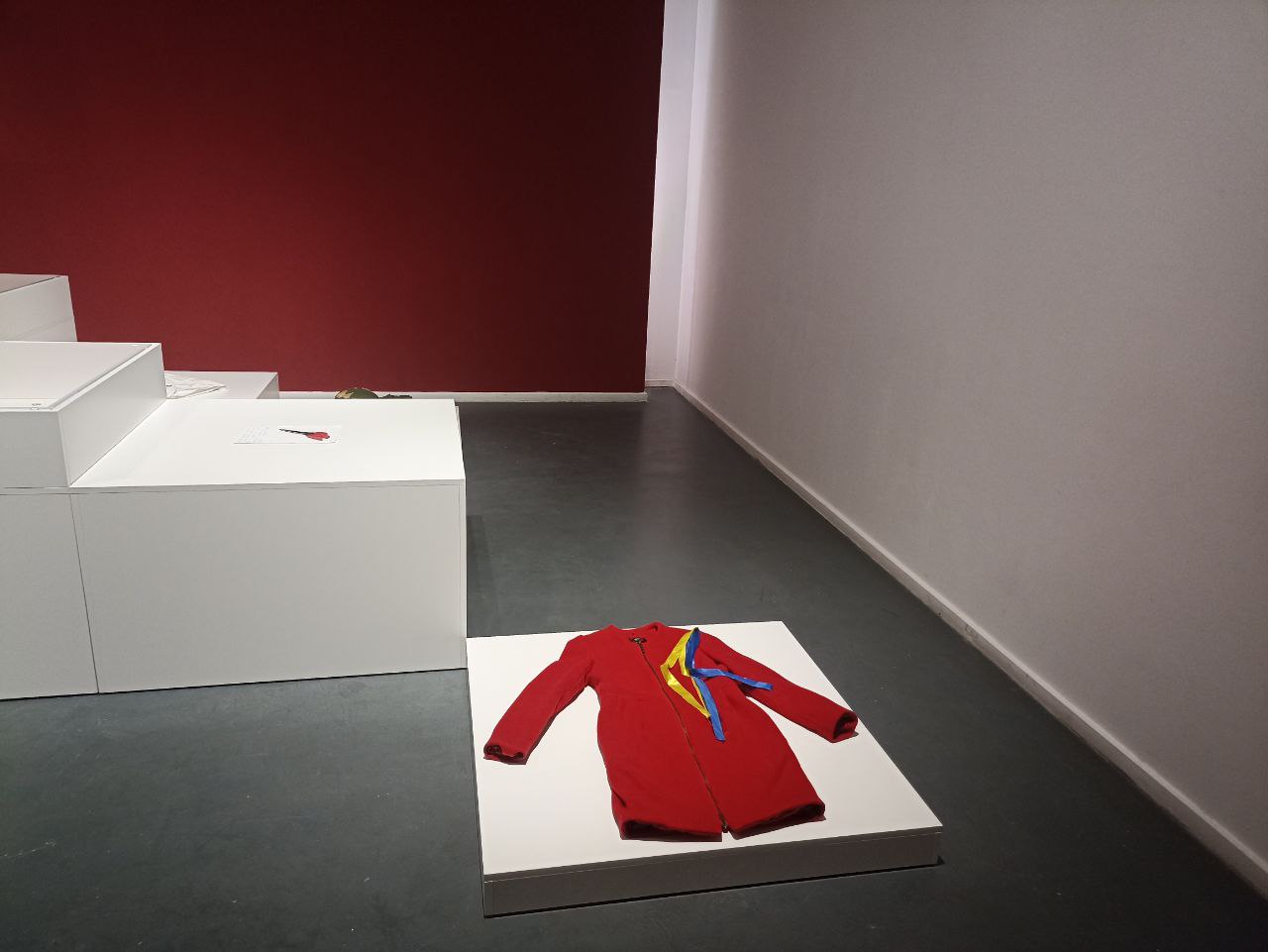
Meanwhile, the museum’s collection continues to grow. At the museum’s presentation during the Tutaka festival, former political prisoner Volha Takarchuk donated a letter she had written to herself in prison, addressed to her future self in freedom.